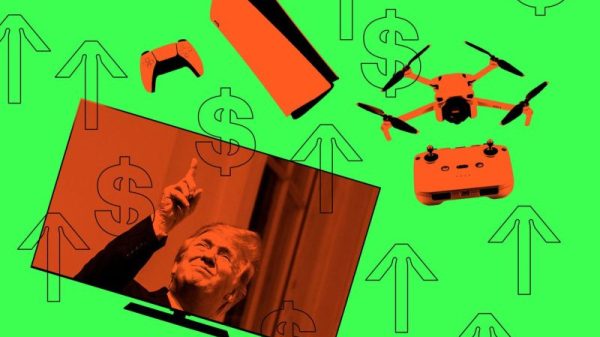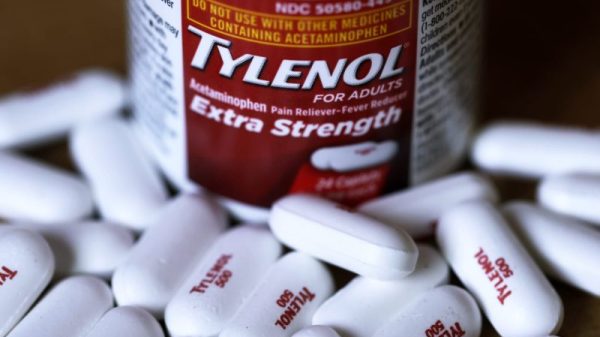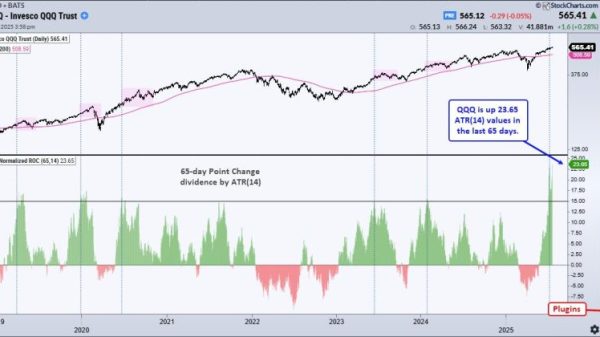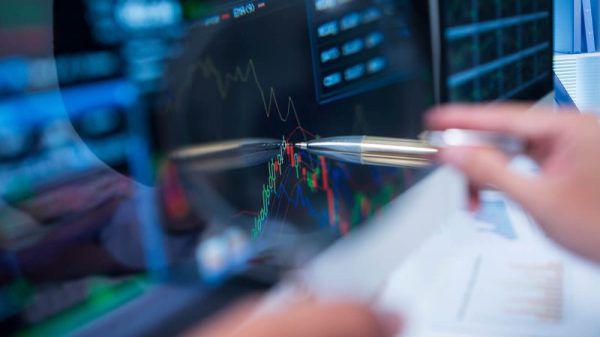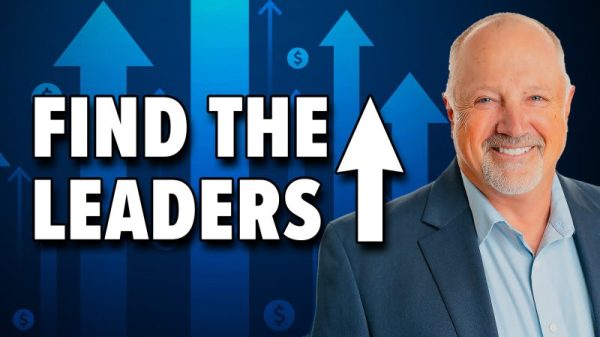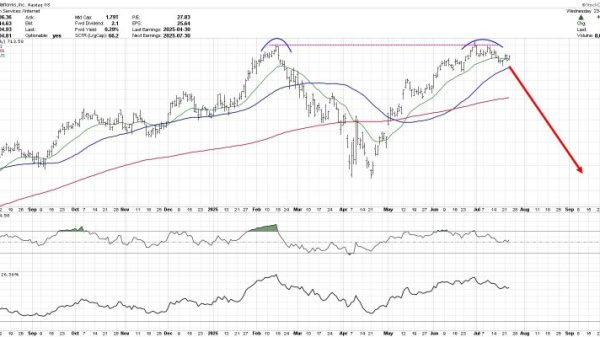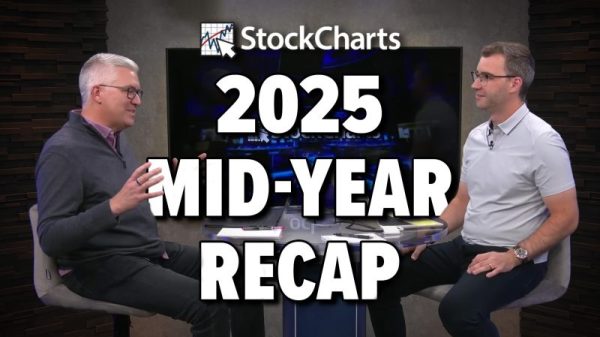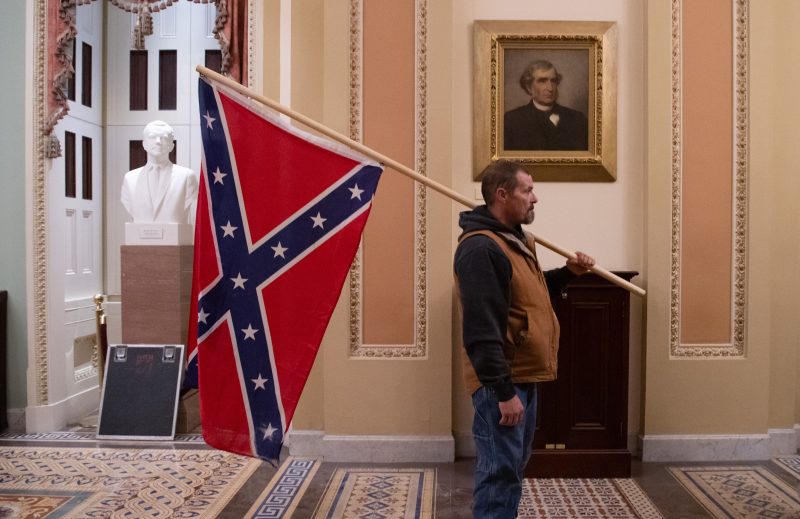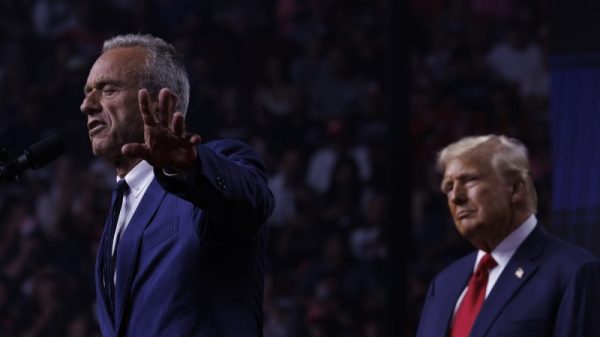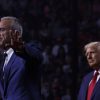Federal judges have begun ordering the early release pending appeal of Jan. 6 defendants who challenged their sentences even though the Supreme Court is a week away from hearing arguments on whether a key charge brought against them is legally sound.
A Maryland man who carried a Confederate flag into the Capitol will be let go one year into his three-year term. An Ohio man who overran police lines and became one of the first rioters to enter the Capitol will be set free six months into a 19-month term. And a man who entered the just-evacuated Senate chamber with a Trump flag as a cape was released after serving five months of a 14-month term.
If the Supreme Court ultimately determines the charge they faced was legitimate, they and others who are released early pending appeal could be ordered to return to prison — but that is not a certainty.
The truncated sentences are the latest complications in the prosecution of more than 350 Jan. 6 defendants under a federal statute that makes it a crime to obstruct or impede an official proceeding — in this case, Congress’s joint session to confirm Joe Biden’s 2020 presidential victory.
In December, the Supreme Court agreed to hear a consolidated challenge by three men whose lawyers argue that the law — passed by Congress after the Enron scandal to criminalize document shredding by the collapsed company’s accounting firm — is limited to destroying evidence in governmental investigations. Fourteen of 15 trial judges upheld prosecutors’ use of the law to charge rioters who obstructed Congress’s election certification vote, but one judge in the U.S. District Court in Washington — Trump-appointed Judge Carl J. Nichols, who served in George W. Bush’s Justice Department — disagreed, ruling the law applied only to tampering or destruction of evidence such as records or documents.
Julie Rose O’Sullivan, a Georgetown law professor and expert on white-collar criminal law, said it was a potentially bad sign for prosecutors that the Supreme Court took the case when there is such strong support for the law at lower levels, including two split opinions upholding the government’s use of the statute in Jan. 6 cases by the U.S. Court of Appeals for the D.C. Circuit.
“I think it’s significant that [the] D.C. Circuit Court of Appeals said it applies. But the Supreme Court has disagreed [even] with unanimous Circuit Courts of Appeals before,” said O’Sullivan, a former federal prosecutor who clerked for Supreme Court Justice Sandra Day O’Connor.
O’Sullivan noted that the charge has been used as a catchall provision to prosecute obstruction in “many, many cases,” not just those related Jan. 6, and uniformly upheld by circuit courts around the country. “I’m not sure they’re going to read it narrowly,” she said. “They could, but I’m not sure that’s the best result.”
The Supreme Court will hear oral arguments in the case next Tuesday and issue its ruling by the end of the term in late June or early July. A reversal would not affect the majority of the 1,350 Jan. 6 riot defendants, most of whom are charged either with violent felony offenses or with only misdemeanor violations such as trespassing or disorderly conduct at the Capitol. But it could wreak havoc on more than 100 cases in which obstruction — or corruptly impeding — Congress’s lawful certification of the 2020 election is the only felony charge the defendant faces. Currently, about half of 120 sentenced cases fall in that category.
A Supreme Court ruling against the obstruction charge could also impact the election interference case that special counsel Jack Smith has brought against Trump. Two of the four counts the former president and presumptive 2024 Republican nominee faces are conspiring to and actually obstructing the certification of the election, underscoring the stakes of the high-court review.
A full rejection by the court “would have a devastating effect on the prosecution side” in Capitol attack felony cases that don’t otherwise involve violence, recently retired U.S. District judge Thomas F. Hogan, who sentenced 26 Jan. 6 defendants, said in a talk to Georgetown Law School students earlier this year. For some, the obstruction charge brought the stiffest penalty, and removing it would mean they would have to be resentenced or retried and face far less severe consequences. It is punishable under statute by up to 20 years in prison, although first-time offenders convicted in the Capitol riot have received far less time, typically one to four years. A federal appeals court also recently overturned a sentencing enhancement used to help determine the punishments for Jan. 6 defendants convicted of the felony.
Defendants still awaiting trial could take tougher stances with prosecutors in plea talks if the Supreme Court takes the charge off the table. And those who have pleaded guilty to obstruction but have not yet been sentenced could withdraw those pleas.
Some people charged with the offense were accused of the most notorious but nonviolent conduct during the riot, such as occupying the Senate chamber, sitting in the vice president’s chair and targeting government officials. They include Jacob Chansley, the so-called QAnon shaman who was recorded in the Senate wearing a fur-lined headdress with horns and carrying a spear, shouting expletives about Mike Pence being a “traitor” and leaving a note at Pence’s presiding desk warning, “Justice Is Coming!” Some members of the far-right Oath Keepers and Proud Boys extremist groups who were not accused of seditious conspiracy also were convicted of the obstruction charge.
Unlike most Jan. 6 defendants, Trump’s obstruction charges are based on allegations that he propagated a flood of lies claiming the election was stolen; attempted to use false claims of massive fraud to pressure state officials, the Justice Department and Pence to change the results; and schemed with others to submit to Congress slates of phony electors from swing states and to get lawmakers to toss out lawful ballots, culminating in the violent assault at the Capitol.
That means the justices could decide the obstruction charge makes legal sense for him, because of his alleged efforts to get Congress to use fraudulent electoral certifications, but not for the rioters, whose alleged obstruction generally involved entering the Capitol in a way that shut down the vote count.
Trump also faces two other charges: conspiracy to defraud the United States and depriving Americans of their right to have their votes counted. O’Sullivan said the conspiracy charge “is still a very good count and still a potentially winning count as far as I can tell … [with] extremely solid Supreme Court case law” underpinning it.
While several of those charged with obstruction on Jan. 6 have moved to postpone their trials or delay reporting to prison after being convicted while appeals continue, judges began releasing a handful who are already serving time shortly after the Supreme Court in December said it would hear the challenge in a case called Fischer v. United States, a consolidated appeal by three Jan. 6 defendants. Judges said they were acting because the high-court review significantly raised the possibility the felony convictions might be overturned.
Kevin Seefried, Alexander Sheppard and Thomas B. Adams Jr. were among the most recent defendants who have been ordered released.
Seefried, 54 a drywall installer from Maryland, was memorialized carrying a Confederate flag in one of the most indelible photographs taken on Jan. 6 — parading with a symbol of the proslavery Civil War rebels through the halls of the U.S. Capitol. He was not accused of violence and was convicted in June 2022. His other convictions were for misdemeanor trespassing and disorderly conduct at the Capitol, which carry only statutory maximum sentences of up to six months or a year. In Seefried’s and other cases, a judge ordered release effective once each defendant more or less completes his longest misdemeanor sentence.
Prosecutors had asked U.S. District Judge Trevor N. McFadden to deny release pending appeal during “what will likely be another fiercely contested presidential election,” saying that doing so “would be releasing defendant into the same political maelstrom that led him to commit his crimes in the first place.”
But McFadden rejected the idea that “January 6th defendants, as a class, cannot be released during an election year,” as he put it in an 11-page opinion that ordered Seefried to be released May 31. He continued, “If specific facts about Seefried lead the Government to believe that he is imminently likely to engage in criminal conduct, options remain open to the Government. But without those facts, the Court cannot deprive a citizen of his liberty based on guesswork alone.”
In the case of Sheppard, 24, of Powell, Ohio, who also will be released in May, U.S. District Judge John D. Bates wrote that he agreed with the defendant’s contention that the Supreme Court’s review “raises a ‘substantial question’ as to the validity of his … conviction.” However, Bates continued, “the Court may ultimately conclude that a further period of incarceration is warranted upon a potential remand after a decision … that favors Sheppard. And if the Supreme Court affirms [the law], Sheppard will have the remainder of his 19-month sentence yet to serve.”
U.S. District Judge Amit P. Mehta, who sentenced Adams, 42, of Springfield, Ill., said it takes four out of nine justices to grant an appeal of any case, which means at least that many members of the court believe there is a reason to examine the lower court’s ruling.
“Although this court will not attempt to read tea leaves, the Supreme Court’s decision … means, at a minimum, that this case poses a ‘close question,’ ” he wrote. Adams was released in January, five months into his 14-month term.
A spokeswoman for the U.S. attorney’s office for the District declined to comment, saying, “Our opposition to release speaks for itself.”
A federal public defender for Adams, who was the first Jan. 6 defendant to be released in light of the pending Supreme Court decision, declined to comment.


